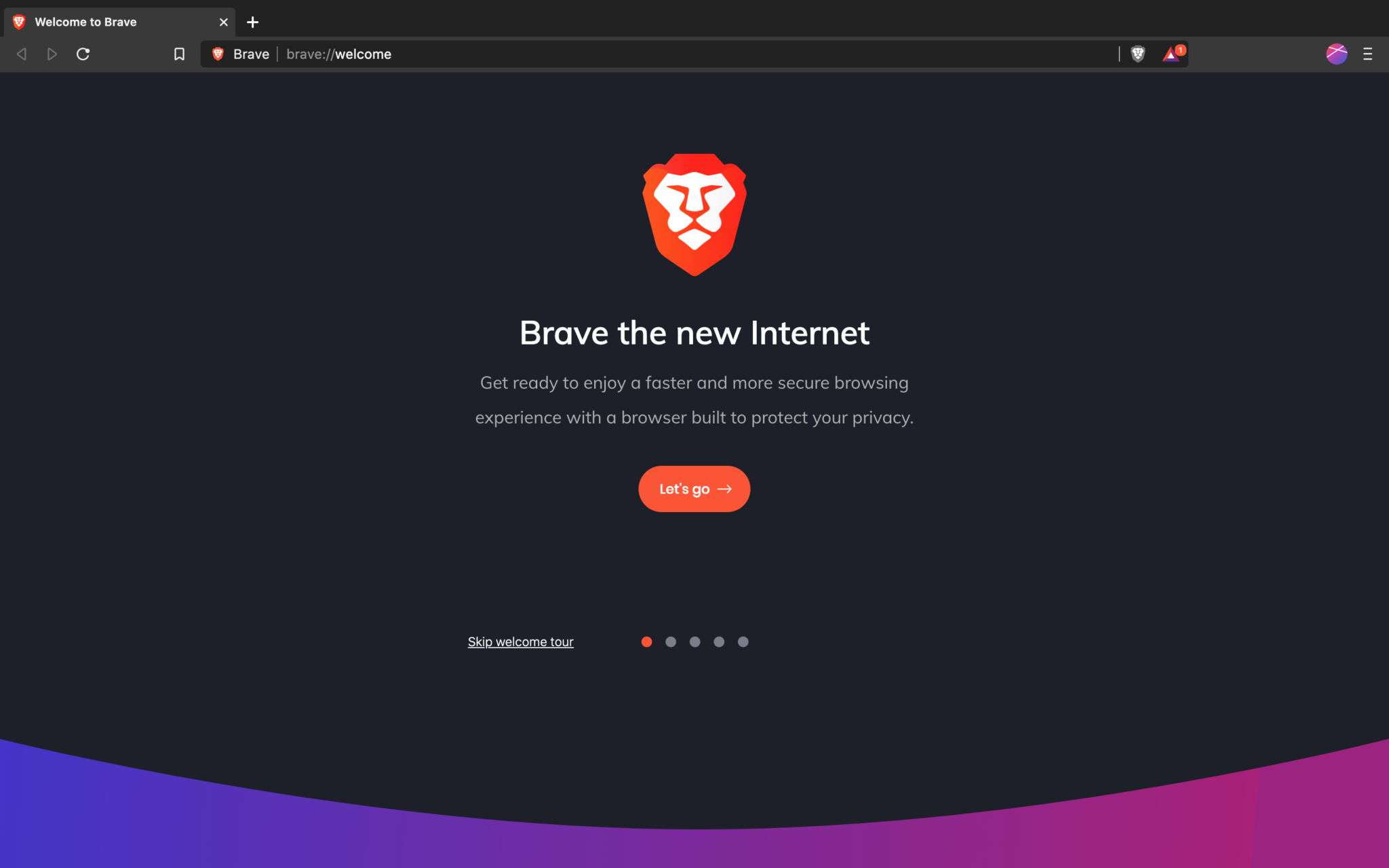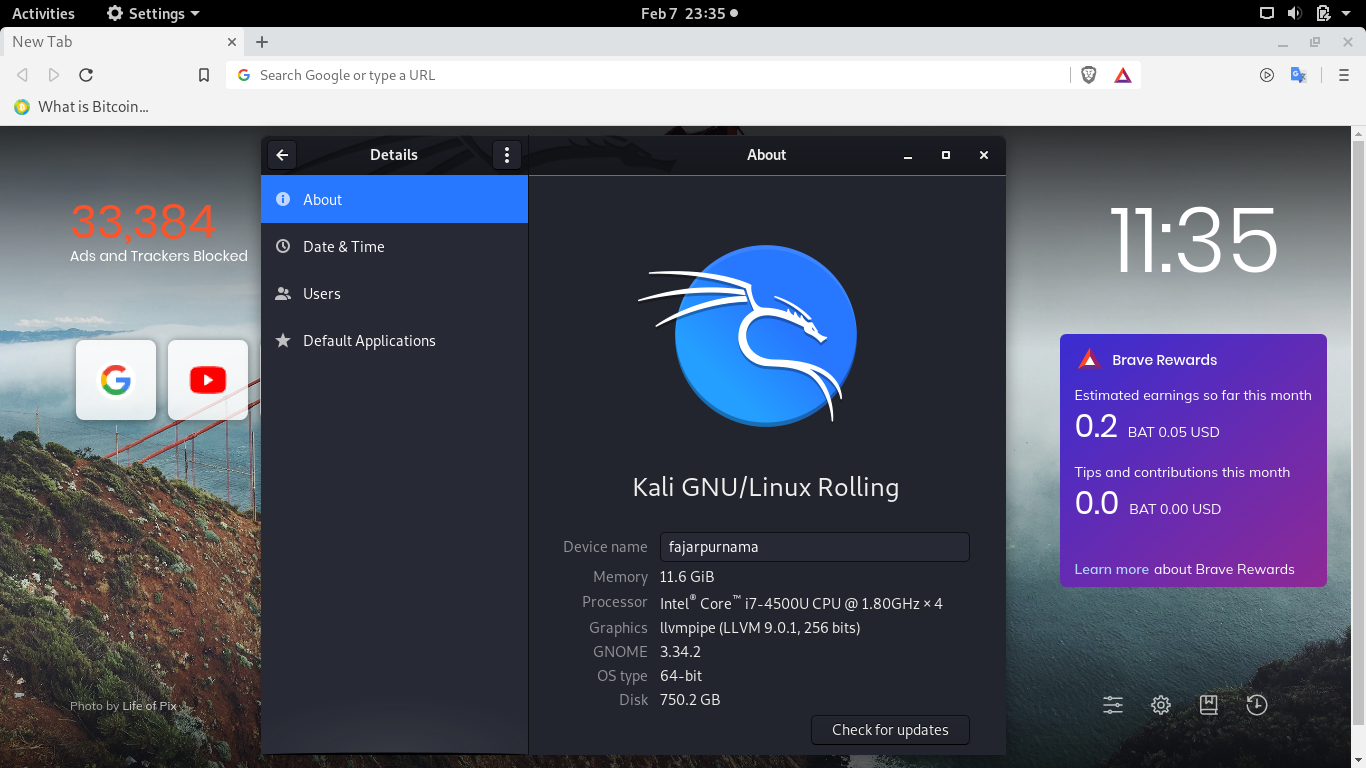
👍 I believe that there is no valid reason for a web browser to demand me changing my kernel configuration, especially if I am running the stock configuration of my distribution, and if I did made my own kernel configuration changes, I expect a lot more apps would be breaking over it. I am feeling too tired for researching this more by myself at the moment and it's not very high priority on my todo list. What are the implications of this? Do Chromium-based browsers on all users claim to be properly userns-sandboxed while being sandboxed into uid of the current user and being able to do everything that the user can do, thus providing weaker security than the setuid sandbox it replaces?

But all instructions for namespaces say that users should be assigned more uids in some file which is a step I am skipping. Thanks for reminding me about this issue, I had written this note, but I don't think I ever remembered to ask it anywhere.Ībout user namespaces, after they are enabled, the browser starts and about:sandbox seems OK. If you want to live dangerously and need an immediate workaround, you can try using -no-sandbox. No usable sandbox! Update your kernel or see for more information on developing with the SUID sandbox. Processing triggers for gnome-menus (3.13.3-9). Rebuilding /usr/share/applications/bamf-2.index. Processing triggers for bamfdaemon (0.5.3-2). Processing triggers for desktop-file-utils (0.23-1). Processing triggers for mime-support (3.60).

309999 files and directories currently installed.) Selecting previously unselected package brave.

The following NEW packages will be installed:Ġ upgraded, 1 newly installed, 0 to remove and 3 not upgraded.Īfter this operation, 443 MB of additional disk space will be used. Use 'sudo apt autoremove' to remove them.


 0 kommentar(er)
0 kommentar(er)
